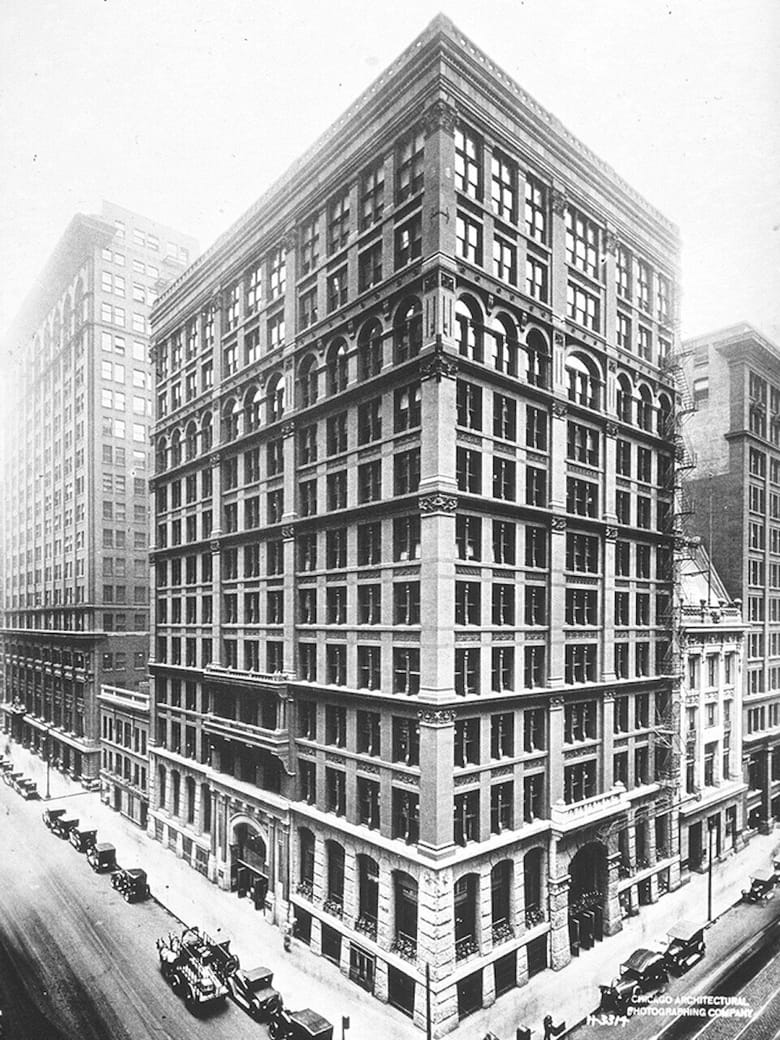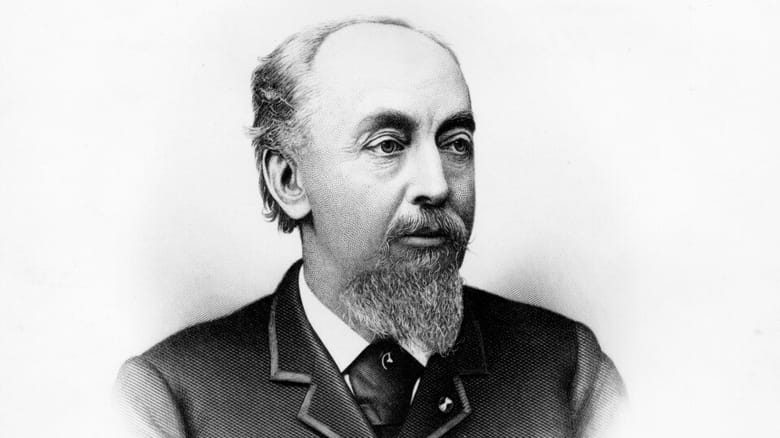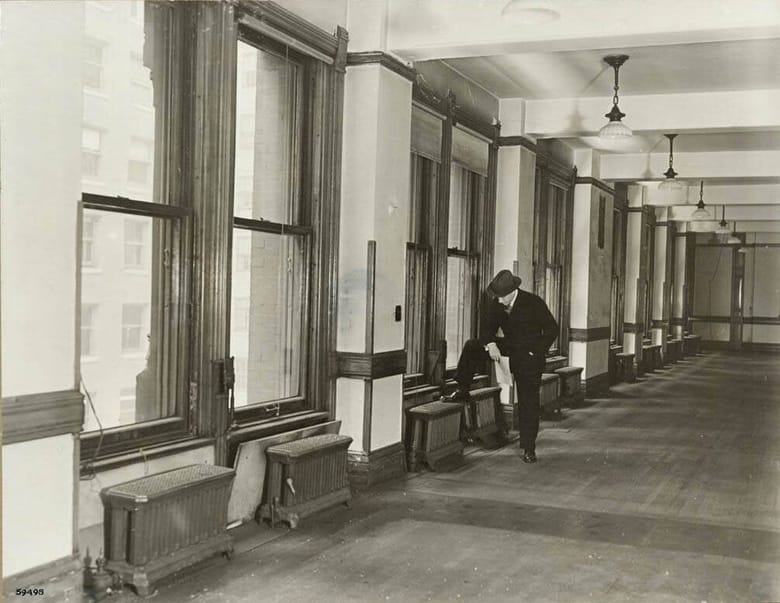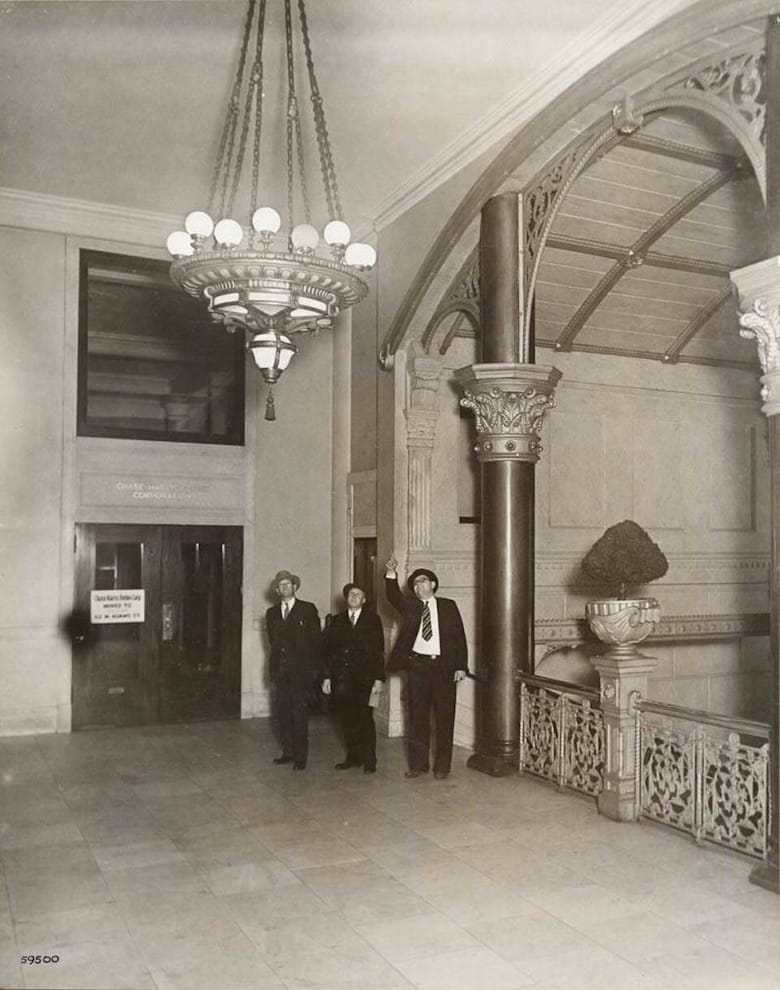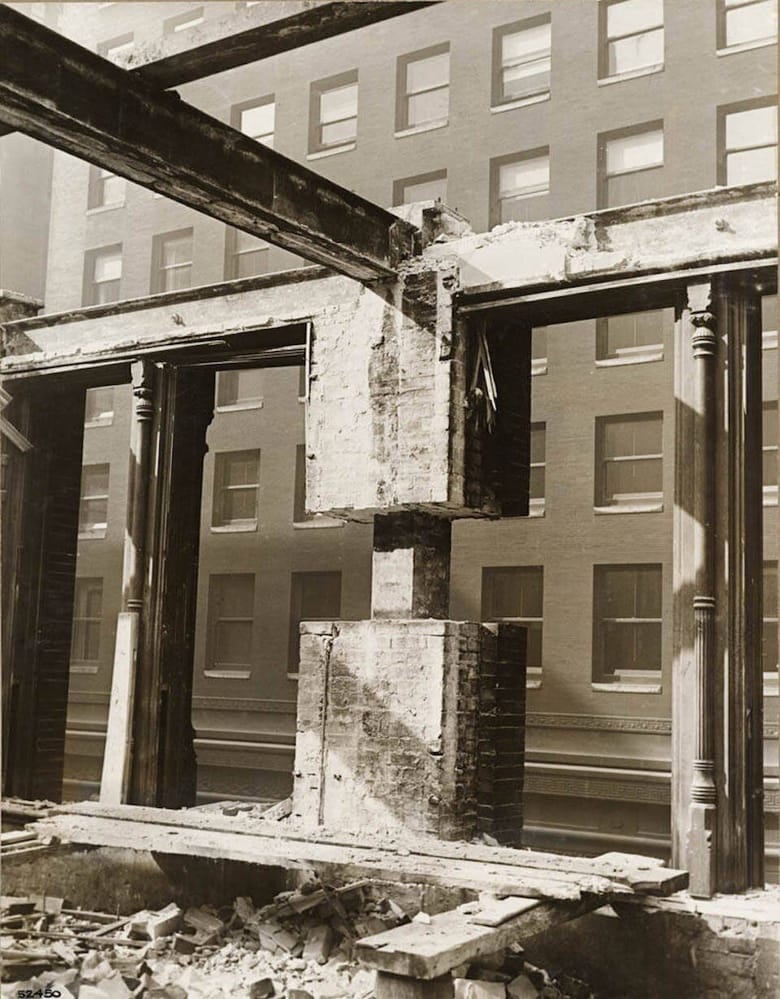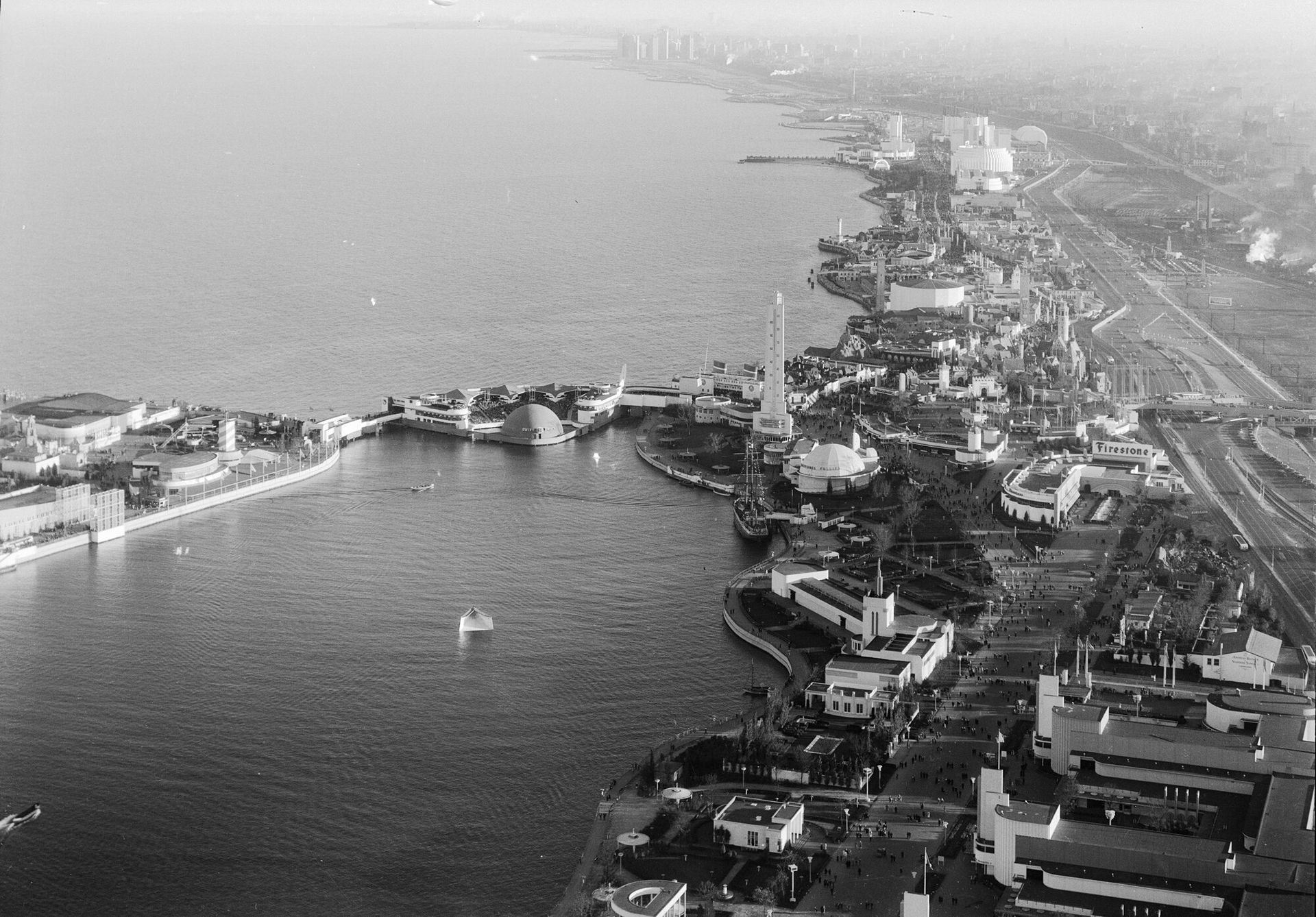Home Insurance Building
Home Insurance Building, exterior.
William Le Baron Jenney
Home Insurance Building Interior. Ryerson & Burnham Archives Archival Image Collection.
Home Insurance Building Interior. Ryerson & Burnham Archives Archival Image Collection.
Home Insurance Building during demolition. Ryerson & Burnham Archives Archival Image Collection.
In architectural history, one structure stands as the leader of a new era—the Home Insurance Building. Completed in 1885 on LaSalle Street between Adams and Monroe, it holds the distinction of being among the world's first skyscrapers. A marvel of engineering and a testament to human ingenuity, this iconic tower forever altered the city skyline.
REBUILDING OF A CITY
During the late 19th century, unprecedented population growth and the concentration of new corporate headquarters in cities prompted architects and engineers to envision new solutions for urban expansion. Post-1871 Great Chicago Fire, the city was eager to rebuild quickly with a focus on iron and stone building materials rather than wood.
The Home Insurance Building emerged as a response to these challenges, introducing a departure from traditional low-rise structures. Designed by architect William Le Baron Jenney, this 10-story structure employed innovative engineering techniques and architectural features that laid the foundation for skyscrapers of the future.
THE IRON-FRAME SKELETON
The Home Insurance Building revolutionized high-rise construction with its pioneering use of cast iron technology. Jenney implemented an innovative system which relied on a cast iron frame “skeleton” to bear the weight of the building, rather than traditional load-bearing walls. This design feature allowed for dramatically increased height, structural stability, and design flexibility.
With a height of 138 feet, the Home Insurance Building soared far above its contemporaries, epitomizing the term "skyscraper." Its metal frame allowed for an innovative curtain wall composed of non- structural stone sheathing, with large window panes to maximize natural light in the interior spaces.
THE IMPACT OF THE FIRST SKYSCRAPER
Despite being demolished in 1931, the Home Insurance Building evokes the endless possibilities of architectural innovation. It helped to usher in the age of the skyscraper and its legacy remains intact as an architectural trailblazer in Chicago and around the world.
Did you know?
Two additional floors were added to the Home Insurance Building in 1891.
Did you know?
Before practicing architecture in Chicago, William Le Baron Jenney served as an engineer in the Civil War, designing metal bridges for the Union Army.
Did you know?
Several of Jenney’s buildings still stand in Chicago, including the Manhattan Building, the Second Leiter Building, and Greater Union Baptist Church.

